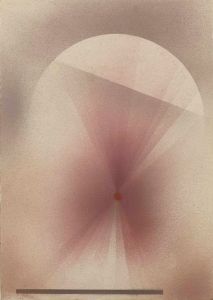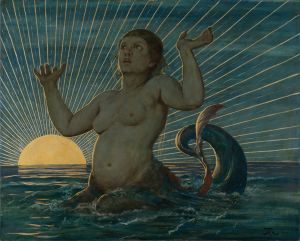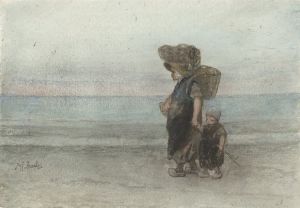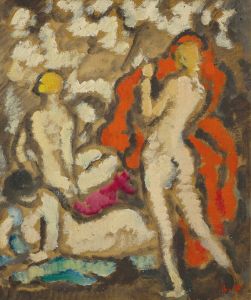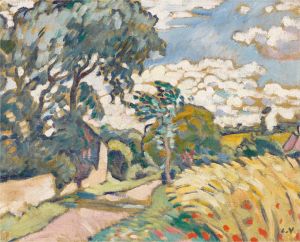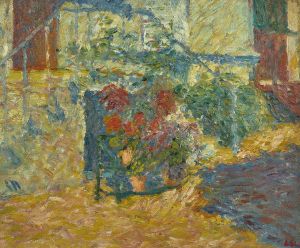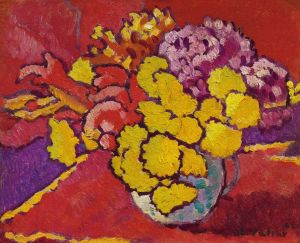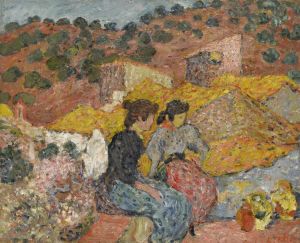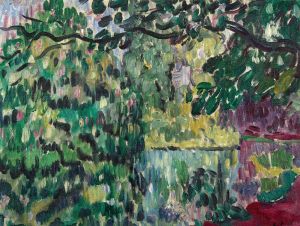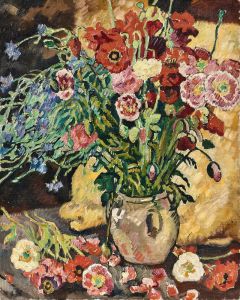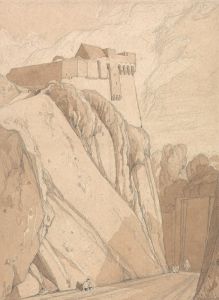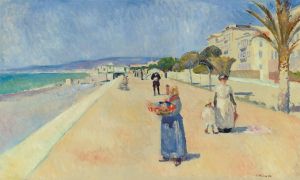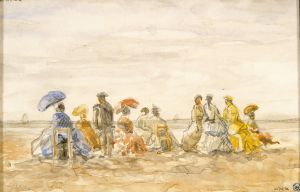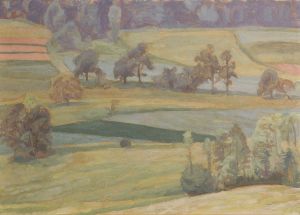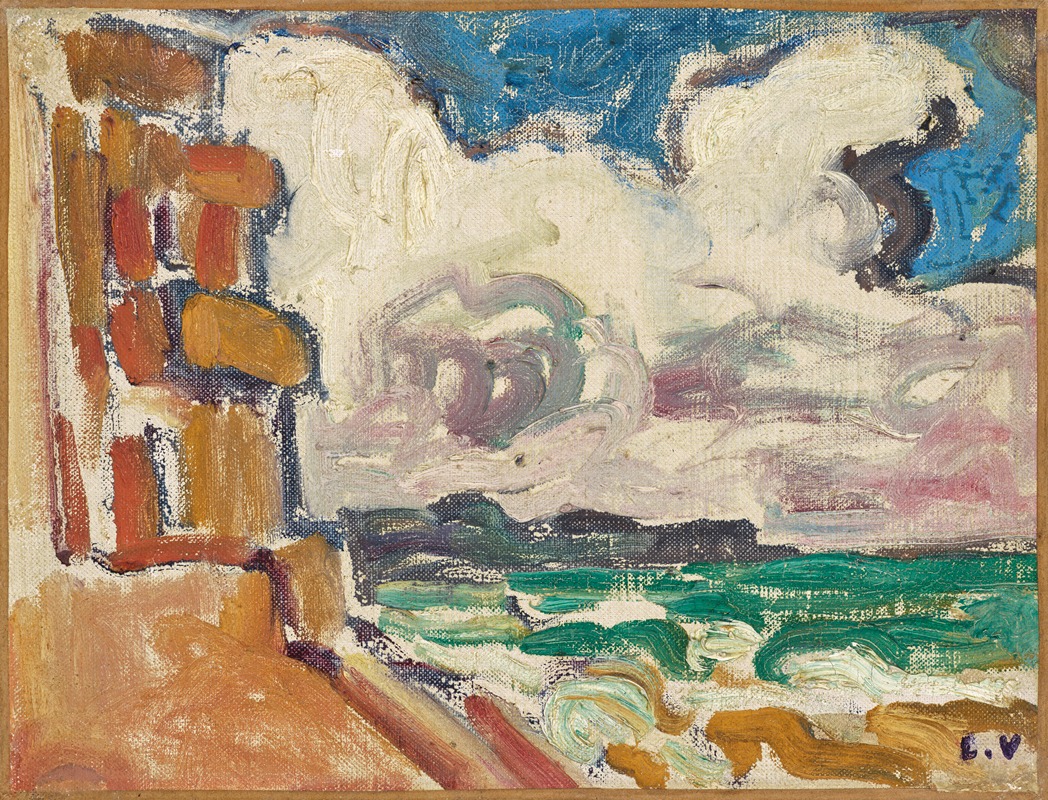
Normandie
A hand-painted replica of Louis Valtat’s masterpiece Normandie, meticulously crafted by professional artists to capture the true essence of the original. Each piece is created with museum-quality canvas and rare mineral pigments, carefully painted by experienced artists with delicate brushstrokes and rich, layered colors to perfectly recreate the texture of the original artwork. Unlike machine-printed reproductions, this hand-painted version brings the painting to life, infused with the artist’s emotions and skill in every stroke. Whether for personal collection or home decoration, it instantly elevates the artistic atmosphere of any space.
Louis Valtat was a French painter associated with the Post-Impressionist movement, known for his vibrant use of color and bold brushwork. He was born on August 8, 1869, in Dieppe, France, and studied at the École des Beaux-Arts and the Académie Julian in Paris. Valtat was part of a generation of artists who were influenced by the Impressionists but sought to push the boundaries of color and form further, leading to the development of Fauvism.
One of Valtat's notable works is "Normandie," a painting that reflects his fascination with the landscapes and coastal scenes of the Normandy region in France. Although specific details about the painting "Normandie" are limited, Valtat's works from this period often depict the natural beauty and vibrant colors of the region, capturing the essence of the French countryside and coastline.
Valtat's style is characterized by a strong emphasis on color and light, often using a palette of vivid and contrasting hues to create dynamic compositions. His brushwork is typically bold and expressive, contributing to the overall sense of movement and energy in his paintings. This approach aligns with the broader Post-Impressionist movement, which sought to move beyond the naturalism of Impressionism by emphasizing the emotional and symbolic use of color.
The Normandy region, with its picturesque landscapes and dramatic coastlines, provided Valtat with ample inspiration for his work. The area's unique light and varied scenery offered a rich tapestry of colors and forms, which Valtat captured with his distinctive style. His paintings often feature scenes of the sea, beaches, and rural life, reflecting both the tranquility and vibrancy of the region.
Valtat's work, including pieces like "Normandie," contributed to the evolution of modern art in the early 20th century. While he was not as widely recognized as some of his contemporaries, such as Henri Matisse or André Derain, Valtat played a significant role in the development of Fauvism and the broader Post-Impressionist movement. His innovative use of color and form influenced subsequent generations of artists and helped pave the way for the more abstract and expressive styles that would emerge later in the century.
Throughout his career, Valtat remained dedicated to exploring the possibilities of color and light in his work. He continued to paint until his death on January 2, 1952, leaving behind a legacy of vibrant and evocative paintings that capture the beauty and essence of the French landscape. His contributions to the art world are recognized today, with his works held in various public and private collections worldwide.
In summary, Louis Valtat's "Normandie" exemplifies his mastery of color and form, capturing the natural beauty of the Normandy region with a vibrant and expressive style. His work remains an important part of the Post-Impressionist movement, reflecting the transition from Impressionism to the more abstract and emotive styles of modern art.





